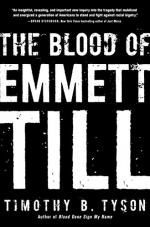|
This section contains 1,563 words (approx. 4 pages at 400 words per page) |

|
Summary
The title of Chapter 10, “Black Monday,” refers to the day the Supreme Court voted for desegregation in public schools on May 17, 1954 in the landmark case of Brown v. Board of Education. Southerners had perceived this feared mongrelization and miscegenation as a Communist plot enacted by the federal government for several years. This ruling led partially to the establishment of the Citizens’ Council, a group of well-educated, professional white men who disavowed the KKK but battled desegregation and activist black organizations such as the NAACP as bastions of federally-fed communism. The Southern writer Lillian Smith disparaged them as a “quiet, well-bred mob” whose members “speak in cultivated voices, have courteous manners, some have university degrees, and a few wear Brooks Brothers suits. They are a mob, nevertheless” (97). The Citizens’ Council intimidated those who supported public school integration, and those who publicly did, lost jobs...
(read more from the Chapters 10 - 12 Summary)
|
This section contains 1,563 words (approx. 4 pages at 400 words per page) |

|




